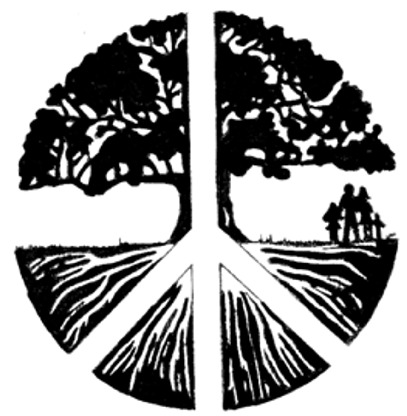Stewardship is a concept I learned at one of the most important stops on my seemingly circuitous path to now: my work in southeast Oklahoma with the Choctaw Nation. As a lesson, it has become increasingly more valuable in my work as we develop local economies: we are the stewards of the land and its resources, the most important of which is its people.
This has been uppermost in my mind as I’ve observed the new story of what’s next unfold locally, nationally and globally. The old pattern held its unwavering focus on the financializing of all transactions, and markedly less value placed on the non-monetary and transformative capital forms such as Awareness, Wisdom and Empathy. What’s apparent is that solely focusing on the financial capital gains without addressing the total costs of those choices is undermining our ability to move forward into a reinvigorated story of shared wellbeing. Some current articles questioning the real cost of those profits:
- Disabled or just desperate? Rural Americans turn to disability as jobs dry up
- In Impact Investing’s Rush to the Mainstream, Who Are We Leaving Behind?
- Fossil Fuels’ Hidden Cost is in Billions
- The Western Idea of Private Property is Flawed. Indigenous Peoples Have it Right.
- This Neighborhood is Transforming by Letting Artists Buy Its Houses for Cheap
To bring this forward out of the rural story, we can change the verbiage to the community and its stakeholders. The Community Stakeholder is key to a thriving community. As noted in an earlier post:
The model of sustainable community development is changing from one of shareholders (generally driven by monetary capital) to one of stakeholders (engaging the full spectrum of community wealth) for the purpose of producing the individual and mutual well-being of all the participants, in an ongoing way.
Who are community stakeholders? They are generally defined as people, groups, organizations or businesses that have interest or concern in the community. Stakeholders can affect or be affected by the community’s actions, objectives and policies. Some examples of key community stakeholders are residents, community groups, developers , government workers (and the agencies they represent), business owners, neighborhood leaders, commission members and other groups from which the community draws its resources.
Learn more about Community Stakeholders:
- What is a Stakeholder?
- Five Questions to Identify Community Stakeholders
- Identifying and Analyzing Stakeholders and Their Interests
- Engage Your Community Stakeholders
- Local Communities and Stakeholders
We have the ability to reinvigorate opportunities in the community so that wealth is deepened and activated by financial, creative, cultural, historical and other capital forms that comprise the sustainable wealth picture. This, in turn, creates a language of opportunity, shared across generations. Until we have this shared language, the right questions cannot be asked and the most needed answers may never emerge. It is now time to return to these places, ask the questions, listen to the solutions already in play and use technology to amplify the opportunity to plant and keep wealth in the place it grows best, utilizing a model inclusive of all contributing resources, especially the people.

